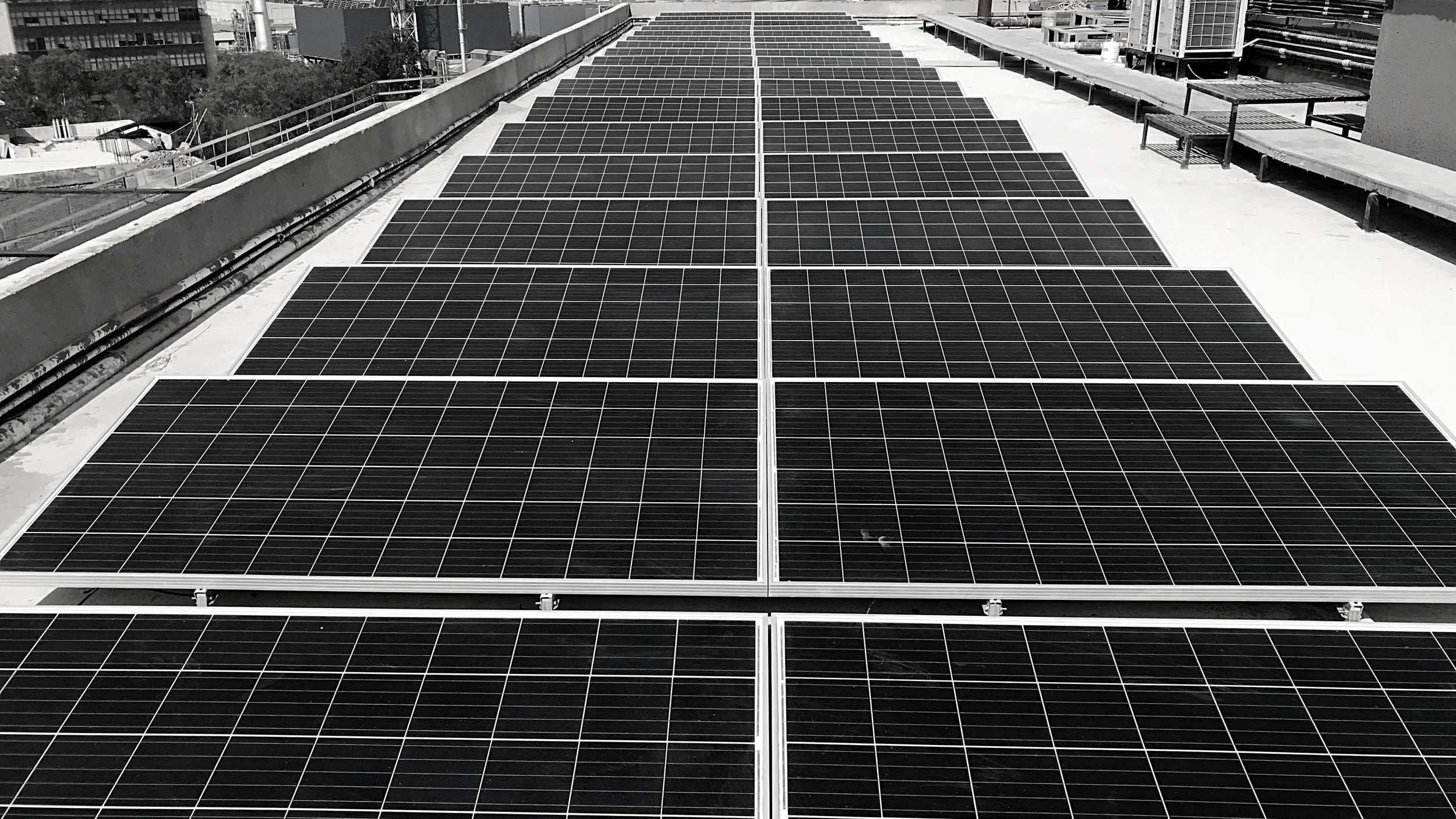Power Purchase Agreements (PPAs)
Tente, Rooftop Solar, South Africa
With businesses of all sizes taking advantage of the compelling benefits of solar PV, the question is no longer “why go solar?” but “how?”. That’s where Power Purchase Agreements (PPAs) come in, lowering the barrier to entry of solar PV by enabling the end user to benefit from cheap, renewable power without the capital investment typically required.
How PPA’s work
A PPA is a contract between a buyer (the customer) and a seller (the solar operator). Over the course of the agreement – typically 20 to 25 years – an operator, such as candi solar, maintains and runs the plant entirely at their own cost, selling the power to the customer at an agreed tariff. This is usually lower than that of the utility provider, resulting in immediate financial savings.
Most solar systems are grid-tied, which means that any shortfall between the generation of the solar PV system and the end user requirement is filled by the utility provider. So even in times of reduced production, for example at night or during cloudy weather, the customer will always be guaranteed enough power.
A PPA differs from a product like a conventional bank loan in that PPAs are based on the customer paying an agreed tariff for the electricity produced (i.e. kWhs), rather than a fixed fee per month regardless of generation. While most PPAs do not transfer ownership, candi’s unique PPA contract can be structured to do so. This typically happens over a 5 to 15 year timeframe, providing the customer with free power for the remainder of the solar system’s 25 year life.
Novus Towers, India
Why choose a PPA?
Through the typical capex model, a business would invest its own capital upfront and run its own solar system. It may or may not need to borrow money in order to do so, and while it then owns the asset outright from the beginning, it also takes on all of the risk and additional operational costs throughout the life of the plant.
A PPA offers an opex-based alternative to this traditional approach. The customer pays nothing (or very little) upfront, and the system is paid off over time through the tariff charged on the power. The system is de-risked for the duration of the agreement as the power generation and maintenance is the responsibility of the solar partner. It is also simpler, as a partner like candi takes care of all of the operational details. As Bruno Rauis, Product Structuring at candi puts it, “When we offer a PPA, the client pays for the kilowatt hours they consume, and that’s it.”
The opex model offers other benefits too. A PPA financed solution doesn’t require any additional effort on the part of the customer once the system is in place. Nishant Sood, Managing Director of candi India explains, “In most cases people don’t have the resources or bandwidth to manage solar on top of their everyday operations – candi provides solar as a service so that end users can focus on their businesses and do what they do best.”
One of the major reasons to choose a PPA is the alignment of interests between the parties. The PPA provider is incentivised to ensure the plant is generating as expected, because its income is tied to the tariff paid by the customer on the actual kWhs generated. PPAs are inherently mutually beneficial, and therein lies their appeal. As Guy Rice, Managing Director at candi South Africa, puts it, “The customer is ultimately able to lock in the benefits of cheaper power without having to manage systems and equipment or deal with costly maintenance – and on top of that, if candi does not deliver, the customer does not pay.”
Bracken Timbers, South Africa
candi’s take on PPAs
The exact details of PPAs vary from solar provider to solar provider, so the true benefits come from choosing a partner that can put together the agreement in a smart, customised way. “candi is particularly flexible in how we structure our agreements, and we are able to build in tax incentive savings or accelerated payments to make sure the value equation works for the customer,” Guy explains.
Another aspect of a PPA that is important to bear in mind is the quality of the system itself. candi’s solutions are designed with tier one equipment, specified in line with the actual needs. This not only ensures more reliable generation during the course of the PPA, but also that the asset the customer could ultimately end up owning is fit for purpose for years after the agreement has ended. As Guy elaborates, “candi acts as owner-engineers. Every system is bespoke to the customer, matching their load profile and ensuring they don’t over or under-invest.”
The future of solar ownership
PPAs are an excellent option for businesses to reduce electricity costs and benefit from solar. By taking the best aspects of the standard PPA model and marrying them with other elements like tax incentives, candi is able to create even smarter solar ownership models. These move beyond first-generation PPA products to provide the same simplicity and low risk at an even more compelling value equation. The possibilities here vary region by region, and candi is able to use their localised expertise to propose solutions most fit for the customer and context.
One of the reasons candi makes use of PPAs and other similar models is simple: they make it easier to go solar than almost any other avenue. Customers want power at a cheaper price per kilowatt hour, and candi’s turnkey solutions are all developed to make that attainable as simply as possible. Everything candi does helps to minimise risk, maximise generation, and provide certainty. As Bruno puts it, “It’s a no brainer – you save money and only pay for what you use, and it’s in our best interests to keep your system running smoothly.”
If you’d like to find out more about how a PPA or similar model could fast-track your journey to grid independence, candi is the ideal partner. You can use our quote generator on our website, or get in touch with us to start the conversation.
Mercy Ntuli, Solar Engineer at candi solar




